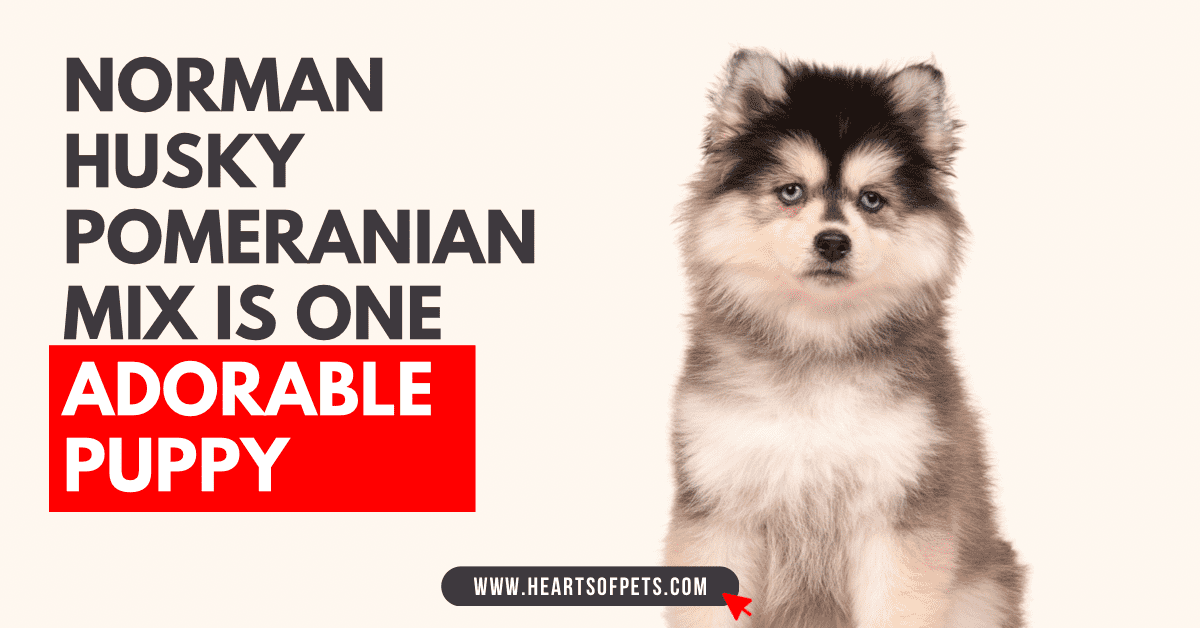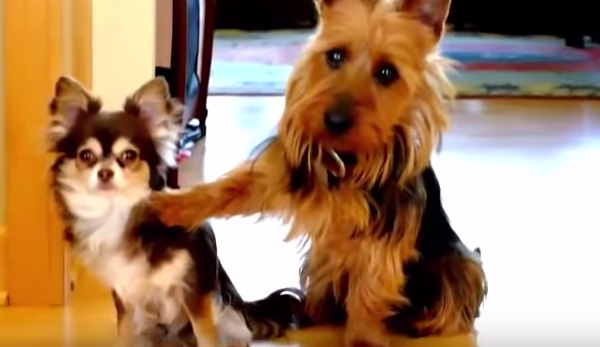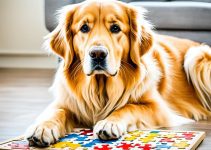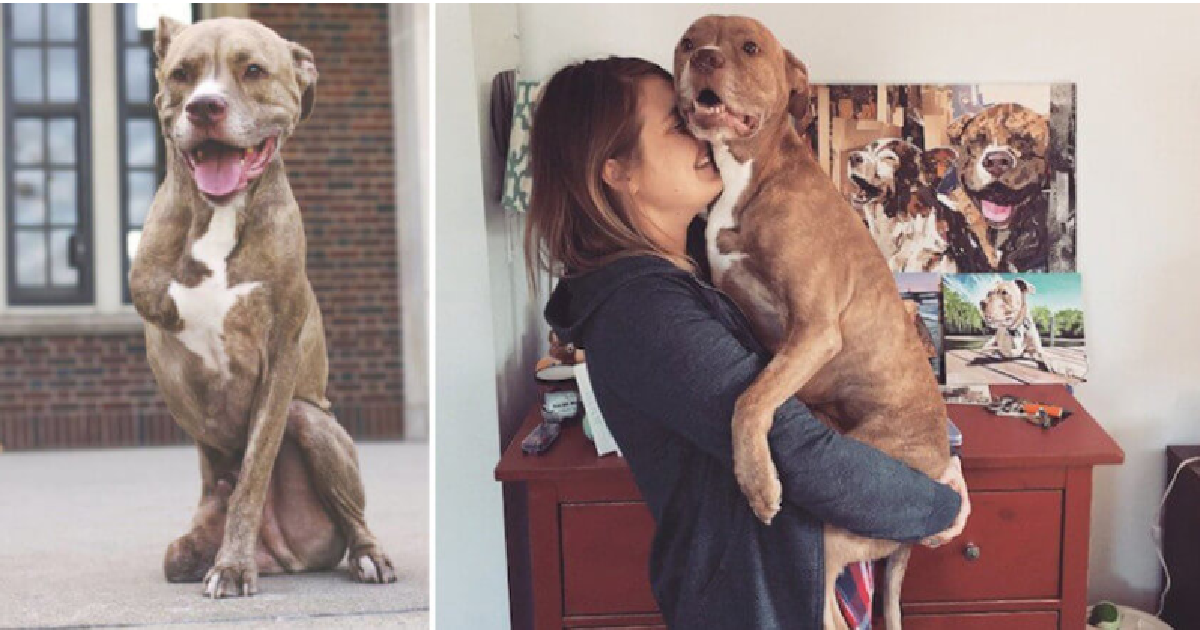Canine intelligence is a topic of interest for many dog owners and enthusiasts. In this article, we will examine the intelligence of pugs, one of the most popular dog breeds globally. According to recent research, approximately 80 million households in the United States alone have at least one pet dog, making canines an integral part of many people’s lives. While pugs are known for their distinctive appearance and warm personality, questions regarding their intelligence often arise. So, are pugs smart pets?
To evaluate the intelligence of pugs objectively, it is crucial to consider various factors such as problem-solving abilities, trainability, and social cognition. Additionally, understanding the breed’s specific behaviors and temperament may shed light on their cognitive capabilities. By exploring these aspects and addressing common misconceptions surrounding pug intelligence, we aim to provide readers with a comprehensive understanding of this fascinating breed. Furthermore, we will discuss training techniques and mental stimulation strategies that can enhance a pug’s cognitive development.
Are Pugs Smart?
- Pugs are a popular dog breed known for their distinctive appearance and warm personality.
- Evaluating pug intelligence requires considering factors such as problem-solving abilities, trainability, and social cognition.
- Pugs have specific behaviors and temperament that contribute to their cognitive capabilities.
- Training techniques and mental stimulation can enhance a pug’s cognitive development.
- Pugs may not excel in tasks requiring complex problem-solving skills, but their adaptability and willingness to please make them intelligent in their own way.
Assessing Pugs’ Problem-Solving Skills and Trainability
Assessing the trainability and problem-solving skills of pugs can be likened to unraveling a complex puzzle. It requires a thorough examination of their cognitive abilities to determine their level of intelligence.
Pugs are known for their friendly and sociable nature. However, when it comes to training challenges and problem-solving abilities, they may face difficulties. Their stubbornness and independent streak can make them less inclined to follow commands or engage in problem-solving tasks.
Nevertheless, with patience, consistency, and positive reinforcement techniques, pugs can still learn basic obedience commands and simple tricks. It is important to understand that each dog is unique and may vary in their learning capabilities.
Therefore, assessing the trainability and problem-solving skills of pugs requires a tailored approach that takes into account their individual characteristics and motivations.
When comparing pugs to other dog breeds, it becomes evident that their trainability and problem-solving skills may be less developed due to their inherent stubbornness and independent nature. While pugs are known for their charming personalities and lovable nature, they are not typically considered the most intelligent breed.
Border collies, on the other hand, are renowned for their exceptional intelligence and trainability. They excel in tasks requiring problem-solving abilities and have been used as working dogs for centuries.
However, it is important to debunk intelligence stereotypes when evaluating dog breeds. Each breed has its own unique set of strengths and weaknesses when it comes to trainability and problem-solving skills.
Pugs may not be as quick to learn commands or solve complex puzzles as border collies, but they possess other endearing qualities that make them wonderful companions.
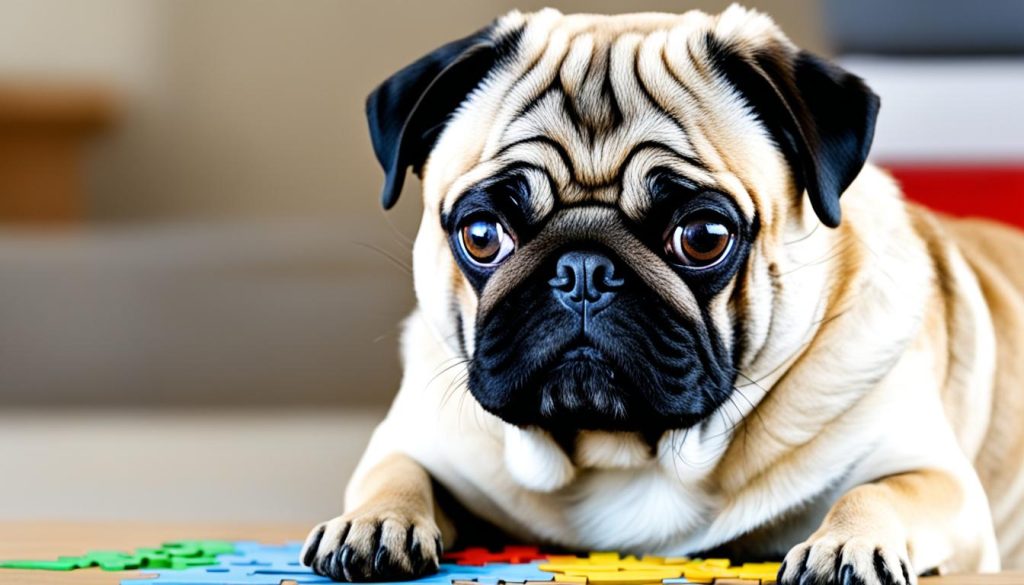
Understanding the trainability and problem-solving skills of pugs is essential for their effective training and overall development. With the right techniques and a tailored approach, pugs can overcome their stubbornness and engage in problem-solving tasks to a certain extent.
Training Tips for Pugs:
- Use positive reinforcement techniques such as treats and praise to reward desired behaviors.
- Be patient and consistent in training sessions to account for their independent nature.
- Break down complex commands or tasks into smaller, more manageable steps.
- Keep training sessions short and engaging to maintain their focus and interest.
- Provide mental stimulation through puzzle toys or interactive games.
Remember, pugs have their own unique cognitive abilities and potential for growth. By understanding their individual characteristics and employing effective training methods, you can unlock their full potential and build a strong bond with your furry friend.
Continue reading in Section 3 to explore more about the unique qualities and temperament of pugs.
Understanding the Unique Qualities of Pugs
The Pug breed has certain distinct characteristics that contribute to their overall demeanor, making them a unique choice for potential dog owners. By understanding these qualities, individuals can determine if a Pug is the right fit for their lifestyle.
Pug Breed Characteristics:
- Friendly and sociable nature
- Thrives on human companionship
- Enjoys being a part of a family environment
- Surprisingly adaptable to various living situations
Pugs are known for their friendly and sociable nature. They are naturally inclined to be affectionate and enjoy the company of their human family members. This makes them ideal for households that cherish a loving and close-knit dynamic. Whether living in an apartment or a house with a backyard, Pugs can adapt well as long as they receive sufficient exercise and mental stimulation.
Pug Temperament:
- Desire to please their owners
- Highly trainable with positive reinforcement methods
- Stubborn streak that requires patience during training sessions
Despite their stubborn streak, Pugs have a strong desire to please their owners. This makes them highly trainable with the right approach. Positive reinforcement techniques that involve rewards, praise, and consistency are effective in helping Pugs develop good behavior and obedience. However, training sessions may require patience and perseverance due to their independent nature. Understanding the socialization needs and adaptability of Pugs is essential for providing them with an environment in which they can thrive.
Enhancing Pug Cognitive Development through Training and Mental Stimulation
Training is essential for shaping a pug’s behavior and ensuring they are well-behaved companions. By utilizing positive reinforcement methods, such as treats and praise, owners can successfully train their pugs to follow commands and exhibit good manners.
Engaging activities like puzzle toys, scent games, and obedience training can provide mental stimulation for pugs, keeping them entertained and preventing boredom-induced behavioral issues.
One effective training technique for pugs involves utilizing positive reinforcement to incentivize desired behaviors and discourage undesirable ones, thereby promoting their learning and development.
To effectively train a pug, consistency is key. Establishing a routine for potty training and leash training can help them understand what is expected of them.
Engaging in mental stimulation activities like puzzle toys and brain games can contribute to a pug’s cognitive development and prevent boredom.
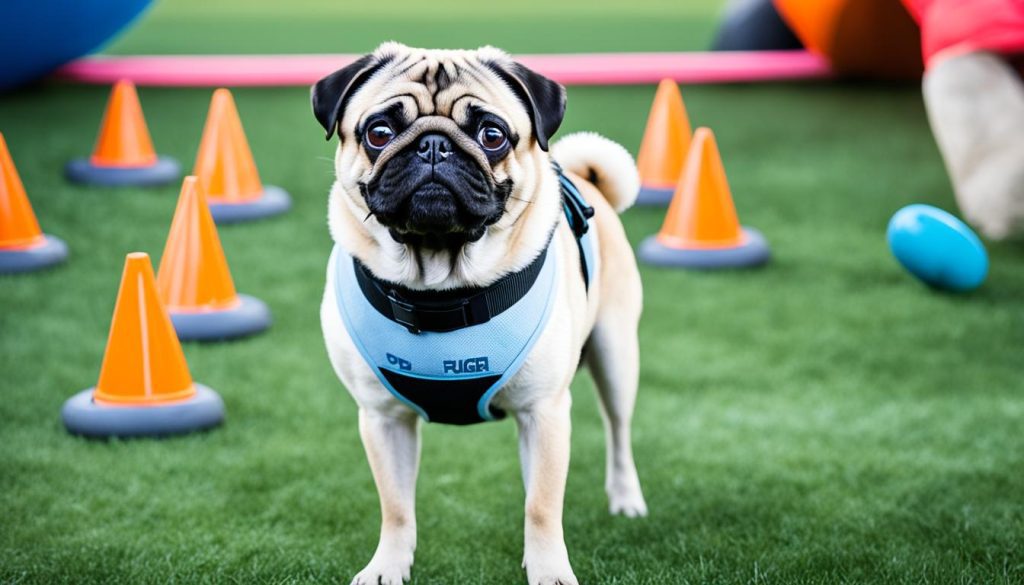
Contrary to popular belief, pugs are often unfairly labeled as unintelligent due to their distinctive physical features, which coincidentally overshadow their actual cognitive abilities. Pugs can indeed be trained and have the potential for learning various commands and tricks. Their willingness to please their owners makes them highly trainable companions.
Conclusion
Despite their reputation for being less intelligent than some other breeds, pugs possess unique qualities and cognitive abilities that make them special in their own right. While they may not excel in tasks requiring complex problem-solving skills, their adaptability, social intelligence, and willingness to please their owners contribute to their overall intelligence.
It is important to appreciate the individual strengths and characteristics of each dog breed without succumbing to stereotypes. Pugs may not be the top-ranked breed in terms of intelligence, but they make up for it with their loving nature and charm.
With the right training techniques and mental stimulation, pugs can thrive and demonstrate their cognitive abilities. So, are pugs smart? The answer lies in recognizing their unique strengths and celebrating their intelligence in their own adorable way.

